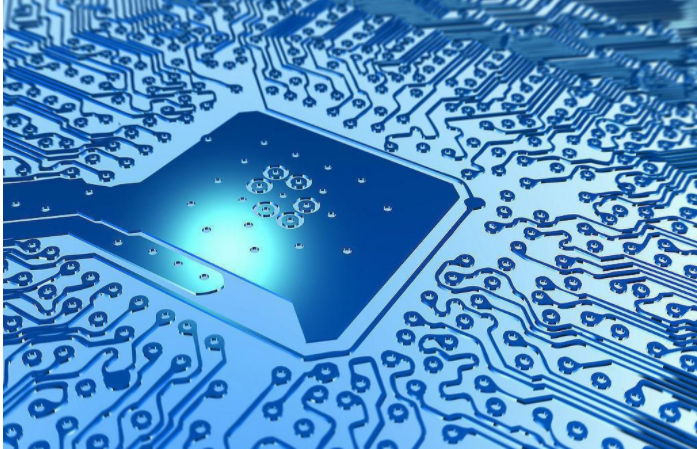The following is mainly about the introduction of the setting adjustment of the printing parameters of the smt patch processing screen printing machine
1. The parameters of the scraper
The parameters of the squeegee include the material, thickness and width of the squeegee, the elasticity of the squeegee relative to the blade holder, and the angle of the squeegee to the template. These parameters all affect the distribution of solder paste to varying degrees. When the angle θ of the squeegee relative to the template is 60°~65°, the quality of solder paste printing is the best.
When printing, the relationship between the size of the opening and the direction of the squeegee must be considered. The traditional printing method of solder paste is to run the squeegee along the x or y direction of the template at an angle of 90°, which often results in the device in different directions of the opening). The amount of solder paste on the The thickness of the solder paste scraped when the directions are parallel is about 60% more than the thickness of the solder paste scraped when the two are perpendicular. The squeegee is printed in the direction of 45°, which can obviously improve the imbalance of the solder paste in the opening directions of different templates, and it can also reduce the damage of the squeegee to the fine-spaced template openings.
2. PCB printing speed

The high speed of the squeegee is beneficial to the rebound of the template, but at the same time it will hinder the transfer of the solder paste to the printed board pads, and the slow speed will cause poor resolution of the solder paste printed on the pads. On the other hand, the speed of the squeegee has a great relationship with the viscosity of the solder paste. The slower the squeegee, the greater the viscosity of the solder paste; similarly, the faster the squeegee speed is, the smaller the viscosity of the solder paste is. Usually the printing speed range for fine pitch is 12 to 40 mm/s.
3. Printing thickness
The printing thickness is determined by the thickness of the template. Of course, the settings of the machine are also related to the characteristics of the solder paste. The micro adjustment of the printing thickness is often achieved by adjusting the speed and pressure of the squeegee. Appropriately reducing the printing speed of the squeegee can increase the amount of solder paste printed to the printed board. One thing is obvious: reducing the speed of the squeegee is equivalent to increasing the pressure of the squeegee; on the contrary, increasing the speed of the squeegee is equivalent to reducing the pressure of the squeegee.
4. Demoulding speed
The separation speed of the PCB printed board and the template will also have a greater impact on the printing effect. If the time is too long, it is easy to leave solder paste on the bottom of the template. If the time is too short, it is not conducive to the erection of the solder paste and affects its clarity.
In fact, every screen printing equipment manufacturer will do a lot of printing experiments during model development, and the design details also have their own characteristics. When you need to buy screen printing equipment, you should consult the manufacturer in detail, make more comparisons, and carefully study the manufacturer's experiment and demonstration process for the above-mentioned parameters.
5. Printing method
The printing method of the template can be divided into contact type (on-contact) and non-contact type (off-contact). Printing with a gap between the template and the printed board is called non-contact printing. When the machine is set up, this distance is adjustable, the general gap is 0 ~ 1.27 mm; and the printing method of stencil printing without printing gap (ie zero gap) is called contact printing. The vertical lifting of the contact printing template can minimize the impact on the printing quality, and it is especially suitable for fine-pitch solder paste printing.
6. Squeegee pressure
The change of squeegee pressure has a significant impact on printing. Too little pressure will prevent the solder paste from reaching the bottom of the template opening and deposit on the PCB pad; too much pressure will cause the solder paste to be printed too thin and even damage the template. The ideal state is to just scrape the solder paste from the surface of the template. In addition, the hardness of the squeegee will also affect the thickness of the solder paste. A squeegee that is too soft will dent the solder paste, so a harder squeegee or a metal squeegee is recommended.
7. Template cleaning
In the PCB solder paste printing process, it is generally necessary to clean the bottom of the template every 10 boards to eliminate the attachments on the bottom. Anhydrous alcohol is usually used as the cleaning liquid.